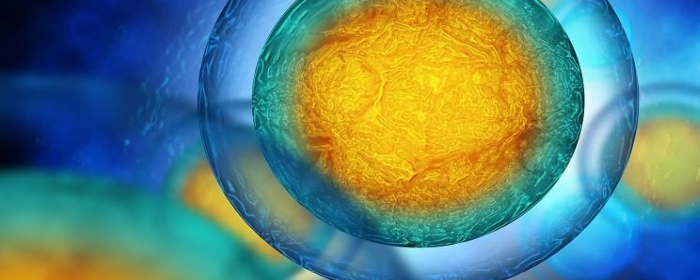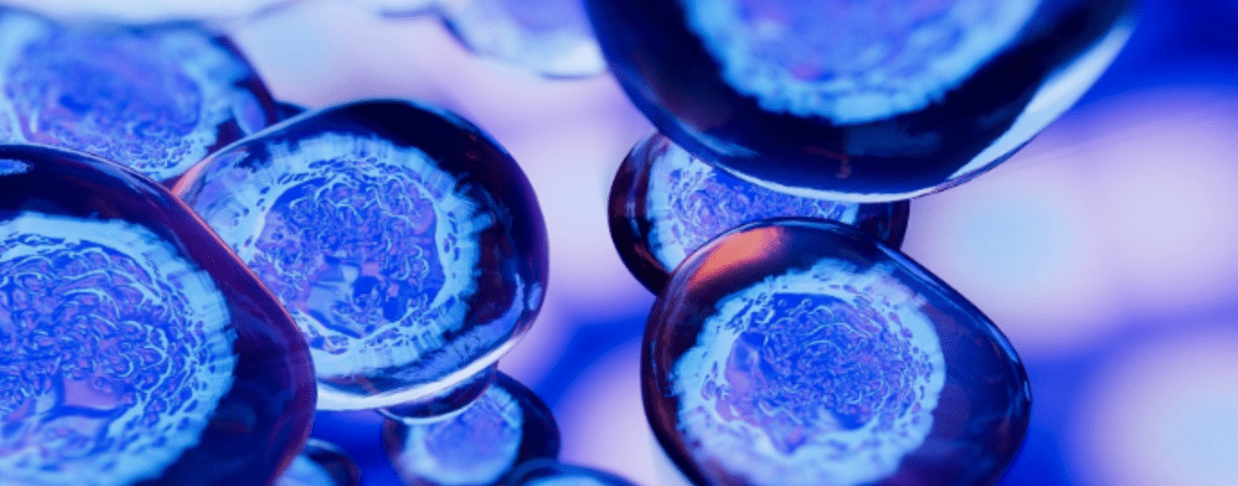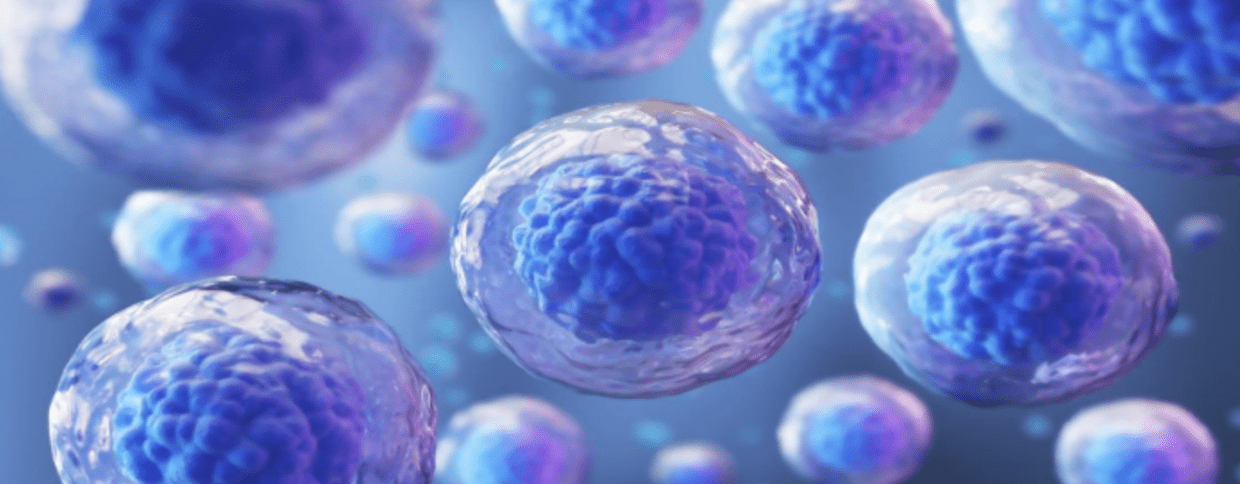
by Stemedix | Sep 21, 2020 | Stem Cell Therapy, Cardiovascular Disease
Cardiovascular disease is the leading cause of death across the world. This umbrella term, also referred to as heart disease, collectively includes a broad range of cardiovascular conditions, including:
- Heart failure
- Coronary artery disease
- Cardiomyopathy
- Myocardial infarction (heart attack)
- Ischemic stroke
While these conditions have unique characteristics, they all affect the heart and blood vessels. For instance, in coronary artery disease, the most common cardiovascular disease, the buildup of plaque (known as atherosclerosis) narrows or blocks the arteries. The arteries harden, limiting the amount of oxygen-rich blood that makes its way to the heart. The heart can therefore not pump blood to the rest of the body as needed. In myocardial infarction, or heart attack, blood clots around the plaque. If the blood flow becomes completely restricted, the heart can no longer get necessary oxygen. In ischemic stroke, the clot prevents the blood flow to the brain.
There are several lifestyle treatments which may help to control cardiovascular disease, including:
- Smoking cessation
- Weight regulation
- Maintaining a healthy diet
- Routine exercise
- Controlling blood pressure and cholesterol
There are also medications and surgical interventions available for certain types of heart disease. With that being said, experts are also exploring stem cell therapy as an alternative or additional treatment.
Stem Cell Therapy for Cardiovascular Disease
Stem cell therapy is the use of the body’s natural, versatile cells to promote healing. Stem cells act as the foundation for other cells and have natural anti-inflammatory properties. As such, they can promote healing in damaged cells and tissues, as well as regeneration. When transplanted into patients with cardiovascular disease, it’s believed that the cells could release healing factors to reduce inflammation, promote new blood vessel development, minimize cell death, and regenerate new, healthy cells.
According to ClinicalTrials.gov, there are more than 1,500 studies that have been or are being conducted regarding the use of stem cells in patients with cardiovascular disease. Scientists have already made strides by discovering several key benefits across a number of cardiovascular conditions. For example, stem cells have been shown to:
- Improve left ventricular function, blood flow, and quality of life following a heart attack.
- Improve the heart’s functional capacity and ventricular remodeling, as well as quality of life, in heart failure.
- Enhance cardiac function in ischemic stroke.
- Improve limb function and decrease muscle atrophy, autoamputation, and connective tissue damage in peripheral artery disease (PAD).
In particular, human umbilical cord mesenchymal stem cells are showing remarkable promise for chronic conditions such as heart disease. They have a number of powerful properties, including:
- No exposure to environmental toxins or impact from the aging process
- High rate of regeneration
- High proliferation ability
- Abundant supply of cells compared to those extracted from adipose tissue or bone marrow
These cells are administered intravenously, and because they are not sourced from the patient themselves, minimize discomfort and recovery time. While stem cell therapy may not be for every patient with cardiovascular disease, the right candidates seeking a safe, non-surgical option may wish to explore the treatment. If you’re interested in exploring stem cell therapy, contact a Care Coordinator for a free assessment!

by admin | Sep 4, 2020 | CIDP, Stem Cell Therapy
Chronic inflammatory demyelinating polyneuropathy or CIDP is a neurologic condition in which the immune system interferes with the function of the nerves. Specifically, CIDP affects the peripheral (not central) nerves and nerve roots. Consequently, patients with CIDP have chronic weakness in their muscles. Muscle weakness usually occurs symmetrically (at the same time and degree on both the right and left sides of the body). Patients usually notice gradual problems emerging, like difficulty climbing stairs, standing up from a seated position, or walking.
Treatment for CIDP includes intravenous immune globulin (IVIG), steroids, or plasma exchange. Fortunately, about 9 out of 10 people with CIDP will respond to one or more of these treatments. However, about 10 to 15% of patients do not respond to any of the typical treatments. These patients either have partial or no recovery. Partial recovery means patients can walk but have substantially reduced strength. No recovery means that patients have severe, long-term disability.
From past work, scientists have shown that stem cell treatment is potentially helpful in treating immune-related disease. Thus, researchers are attempting to use stem cells to treat patients with severe CIDP that do not respond to standard treatments. Drs. Qin and colleagues recently reviewed the progress in the field of hematopoietic stem cell transplantation for CIDP.
The authors report several small clinical studies using stem cells to treat CIDP. Remenyi et al. showed that stem cells combined with other CIDP treatments helped a 26-year-old patient regain sensation and muscle strength, and symptoms of CIDP did not return. Mahdi-Rogers et al. demonstrated some success with stem cells in three patients with CIDP. One had complete remission and all three had at least temporary improvement in muscle function. Axelson et al. showed a bedridden person with CIDP could achieve disease remission with stem cell transplantation and another CIDP treatment. Similarly, Scheibe et al. and Barreira et al. independently reported that two patients who were paralyzed in all four limbs because of CIDP had complete relief of symptoms after stem cell treatment plus cyclophosphamide.
Of course, these extraordinary results must be considered preliminary. The review article mentions fewer than 50 CIDP patients treated with stem cells. Nonetheless, the favorable safety profile and early indications of success with stem cells are highly encouraging, especially for people with CIDP who have failed to improve after standard CIDP treatments.
Reference: Zhen Q., et al. (2020). Progress in Hematopoietic Stem Cell Transplantation for CIDP. Int J Med Sci. 2020; 17(2): 234-241.

by Stemedix | Aug 17, 2020 | Autoimmune, Stem Cell Therapy
Autoimmune diseases encompass more than 80 chronic conditions, many of which are debilitating with symptoms that can affect all body organs. In these conditions, the body’s own immune system mistakenly attacks healthy tissue. An estimated 50 million people in the U.S. have some form of autoimmune disease, making it an extremely prevalent healthcare concern. While the traditional treatment for these conditions often includes the suppression of the immune system, stem cell therapy has led to much research for an alternative option for patients.
Stem cells can be retrieved from a patient’s own adipose (fat) tissue or donated from healthy screened umbilical cord-derived tissue and have strong anti-inflammatory properties. When strategically redistributed to the patient, they can help control the inflammatory response seen in autoimmune disorders.
Which Autoimmune Diseases Can Be Treated with Stem Cells?
While the possibilities for treating autoimmune conditions with stem cell therapy span far and wide, these are just a few of the conditions that have already benefitted from the treatment:
- Rheumatoid arthritis
- Lupus
- RSD-CRPS
- Crohn’s disease
- Multiple Sclerosis
What Are the Benefits of Stem Cell Therapy for Autoimmune Diseases?
Although conventional treatment for autoimmune conditions has improved significantly, it still often can be a challenge to help the full scope of symptoms patients face. Moreover, long-term use of certain medications can have serious side effects, including increased risk of infection and cancer risk.
Stem cells regulate the overactive parts of the immune system without compromising its ability to protect against disease. In addition to regulating the immune response, they can also promote widespread healing, making them an especially worthwhile treatment option to consider for people with autoimmune diseases. Moreover, stem cells are well-tolerated with low risk and require little to no downtime or recovery.
What Does the Stem Cell Therapy Process Entail?
The exact process by which stem cells are deployed can vary from one patient to the next. Most individuals with autoimmune diseases will receive stem cells intravenously. In certain cases, patients may also benefit from having stem cells administered at specific points in the body. For instance, people with rheumatoid arthritis may receive joint injections.
Looking Ahead
While the results of stem cell therapy for autoimmune disease will vary by each individual and condition, the stem cells offer an alternative option allowing the ability to modulate the immune system. As research evolves, experts will have an even better understanding of the precise modalities needed to promote the best possible treatment outcomes. Contact a Care Coordinator today for a free assessment!

by Stemedix | Aug 1, 2020 | Stem Cell Therapy, Traumatic Brain Injury
Traumatic brain injury (TBI) occurs when sudden trauma damages the brain. While mild TBI can temporarily affect brain cells, more serious injuries can lead to bleeding, torn tissue, and bruising which can cause lasting complications. Brian damage studies have shown that stem cells may be an alternative option for patients to explore.
According to research, exogenous stem cells can target damaged brain tissue. They can then partake in the repair process by differentiating into cells that replaced the damaged tissue, while simultaneously releasing anti-inflammatory properties. These effects have the ability to promote improvements in neurological function in people with TBI.
Several types of stem cells have been studied for TBI, including:
- Mesenchymal Stem Cells: Typically retrieved from adult bone marrow, mesenchymal stem cells (MSCs) aid in tissue regeneration, the inhibition of inflammation, and the recruitment of progenitor cells to replace lost cells. Other studies have shown improvement in neurological function after MSC treatment was administered.
- Neural Stem Cells: Neural stem cells (NSCs) self-renew and can differentiate into different types of cells, including neurons. According to results from animal studies, transplanted NSCs were able to mature into different brain cells and survive for at least five months. Studies have also shown that NSC injection enhances cognitive and learning abilities, as well as motor function.
- Multipotent Adult Progenitor Cells: Known for their ability to differentiate into endothelial cells, multipotent adult progenitor cells (MAPCs) have been shown to improve memory retrieval, the ability to retain information, spatial learning, and dyskinesia (impairment of voluntary movement). These cells have particularly powerful anti-inflammatory response characteristics.
- Induced Pluripotent Stem Cells: In 2007, Japanese scientists reprogramed somatic cells into a new class that resembled embryonic stem cells, known as induced pluripotent stem cells (iPSCs). Using the TBI model, researchers have determined that iPSCs could improve neurological function after transplanted into the injured area and specifically enhance motor function.
- Endothelial Progenitor Cells: Endothelial progenitor cells (EPCs) are the precursors of vascular endothelial cells found in the bone marrow. They are recruited to the site of injury, especially after brain injury. In a brain injury model, endothelial colony-forming cells (ECFCs) showed an ability to home in on the injured area and repair the blood-brain barrier. They can enhance capillary formation and reduce inflammation.
While further research is needed on these methods of stem cell therapy, early results do show promise in their benefits for those exploring regenerative medicine options for Traumatic Brain Injury. Contact a Care Coordinator today for a free assessment!

by Stemedix | Jul 20, 2020 | Stem Cell Therapy, Neurodegenerative Diseases
Neurodegenerative diseases affect millions of people across the globe. Parkinson’s disease (PD) and Alzheimer’s disease are the two most common illnesses within this category, and as of 2016, more than five million Americans were living with Alzheimer’s disease alone. It’s estimated that the prevalence of neurodegenerative diseases will only increase in the coming years with the aging population.
Characterized by the loss of function and death of nerve cells, neurodegenerative diseases cannot currently be cured. There are medications available to control symptoms, but patients don’t always respond to these drugs as desired. Moreover, there are often side effects which can further diminish patients’ health and wellbeing.
Stem Cells for Neurodegenerative Diseases
As a promising alternative to traditional medicine, stem cell therapy is being explored as a treatment for neurodegenerative conditions. These remarkable cells act as the basis from which every other differentiated cell type in the body is created. They can self-renew and transform into nearly any cell type. With these capabilities, researchers are finding that stem cells can repair damaged neurons, thus controlling the rate of disease. In some cases, it’s possible that stem cells could even reverse some of the damage already done.
There are several different types of stem cells being investigated for neurodegenerative conditions, including:
- Tissue-specific stem cells: These stem cells can give rise to multiple organ-specific cells and are typically located in areas of the body that can self-renew, including the skin and blood.
- Mesenchymal Stem Cells (MSCs): MSCs are located within the bone marrow and can differentiate into several types of cells, including cartilage, bone, and muscle. They have strong self-renewing properties and are therefore an ideal candidate for tissue repair.
- Induced Pluripotent Stem Cells (iPSCs): iPSCs are artificially derived from adult cells and programmed back to pluripotency. This creates an unlimited source of any cell type. Although iPSCs have been used in developing medications and disease modeling, further research is needed to determine their efficacy in other types of treatment.
- Neural Stem Cells (NSCs): NSCs are derived from specific areas of the brain and are thus considered specialized cells. Like other stem cells, they are self-renewing and multipotent.
Stem Cells for Neurodegenerative Diseases
The research into how stem cells can help patients with neurodegenerative diseases is ongoing. With that being said, tremendous progress has already been made. In specific, stem cell therapy is being used to help treat the following conditions:
- Alzheimer’s Disease: Columbia University researchers have discovered a groundbreaking process through which skin cells could be converted into brain cells. With further research, this process could help to create neurons which have been compromised by conditions such as Alzheimer’s disease.
- Parkinson’s Disease: PD patients experience a decline of dopamine as brain cells are destroyed. As dopamine levels drop, patients experience a range of challenging symptoms, including issues with movement and cognition. Recently, stem-cell derived dopaminergic neurons created through ESCs and iPSCs have emerged as a potential option for replacing compromised brain cells.
ALS: ALS has puzzled researchers for decades, largely due to the inability to source motor neurons in large enough numbers for studying. Recently, however, Harvard researchers have acquired mature cells that can be manipulated back into stem cells from ALS patients, which could lay the foundation for studying new therapies. Contact a Care Coordinator today for a free assessment!






 St. Petersburg, Florida
St. Petersburg, Florida
